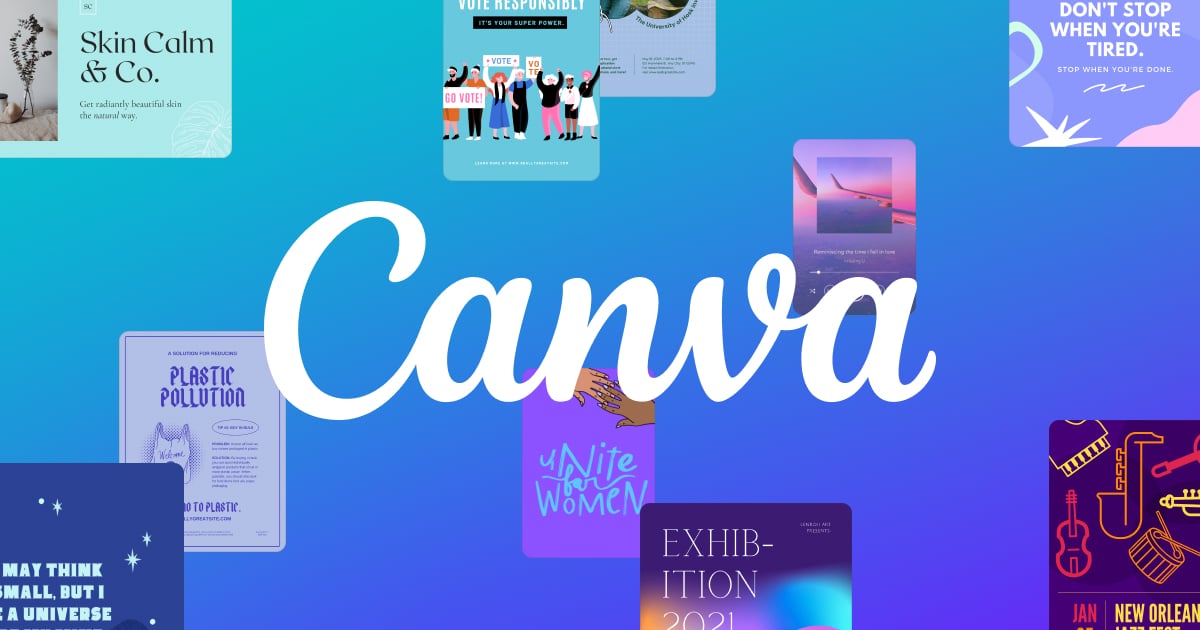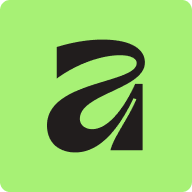Since we've all be talking video editing, you did say, both, and nothing has been said of stills, as yet.
There's free stuff out there and there's paid stuff. Free is good when it works. Mostly I do free for minor tasks, when it it single purpose software. But the life cycle of software is to give it away, ask for donations, and eventually charge for it. Some stay in the free forever mode, but seriously, that's just one person trying to be helpful and you can only be helpful so long. You need cash to live and you also have to die. So all said, let's move on...
You are on Windows and so let's talk stuff that works in Windows. I'm Mac, but everything I use works also in Windows. Adobe is in the software rental business. I don't like that model, but I started with Abobe years ago before they became a landlord and so that is where I've stayed. I used to use Lightroom, which can edit, accommodate plugins, and organize your files all under one roof. LR's editing features are robust, but nothing beats the older, bigger cousin, Photoshop. GIMP is a freeware version of PS. I go back to you get what you pay for on that. I got tired of dropping everything in LR and watching the library and catalogue getting too large, occupying too much disk space. So I moved away from that.
So now I use Abobe Bridge / Camera Raw as my first step. I do my rough culling in Bridge, rough adjustments in Camera Raw. I convert from raw to a TIF and the pass to Topaz plugins. Nothing beats Topaz DeNoiseAI for noise removal. Shooting at night gets you noise. DeNoiseAI makes it disappear. Next it goes to Topaz SharpenAI. Nothing beats this tool for sharpening. Shooting raw, you'll need to sharpen. Shooting from a drone in the wind, you'll need to sharpen. Topaz rocks at getting rid of motion. After all that is done, my images are sent to Photoshop wherein they get whatever they need, but every image goes to Topaz Studio as a PS Plugin. Dehazing, contrast adjustment for every image. Most of the Topaz tools allow you to mask within. That said, you can apply sharpening to an object for instance, instead of allowing it to sharpen areas you want blurred. Masking prevents sharpening artifacts in the areas you want blurred. Same with contrast, color, etc. Until you've seen the Topaz tools, you won't believe them. They seriously rock. Trial versions let you see what they can do. As for organization, I use folder structure that is prefixed in the ISO notation, YYYYMMDD and followed by a descriptor. All original raw files are subjected to exiftool command line organizer, which puts the raw files in archives, organized by year and day created, based on exif data field 'created'. Everything is backed up, as every hard drive made will eventually fail.
So that's my still side workflow and tool set. Exiftool is the only free one, and it's bilingual, running on everything including your toaster.
I know you'll get other opinions and that's good. I'm doing this to start a conversation, not end it ;-> I like to see what others think and are doing. If I see something I like, I may give it try... Always learning...
Best...
Steve













